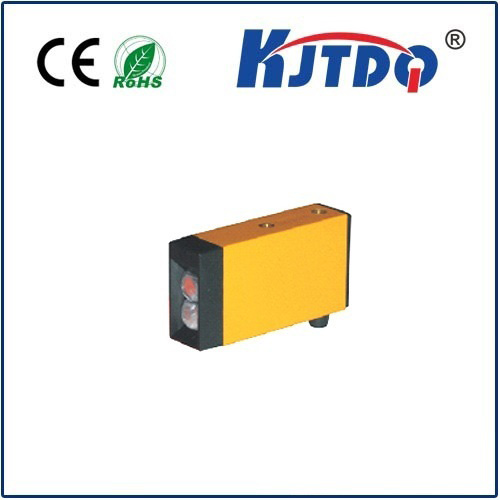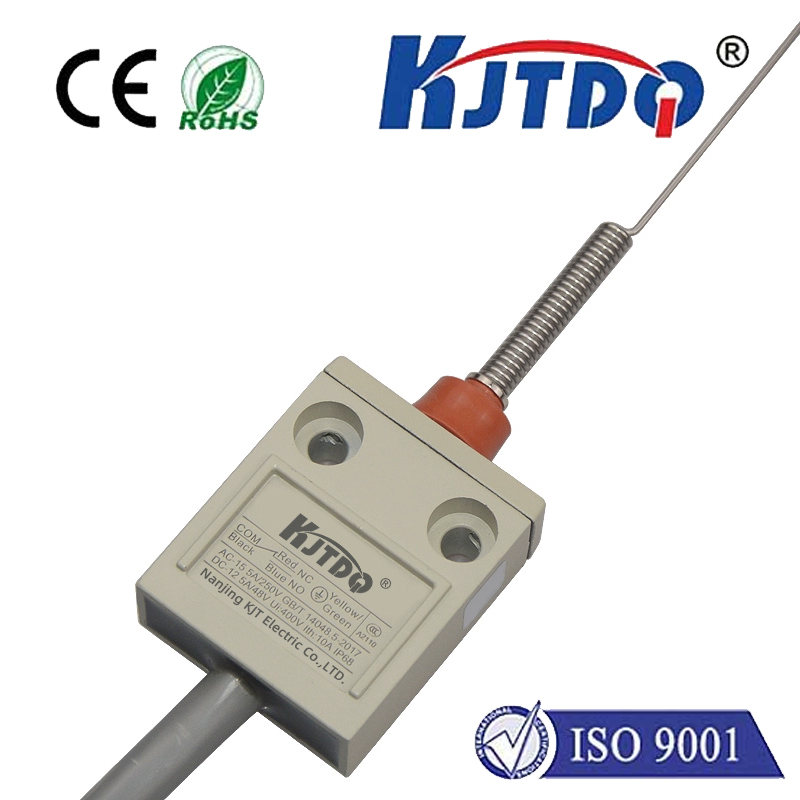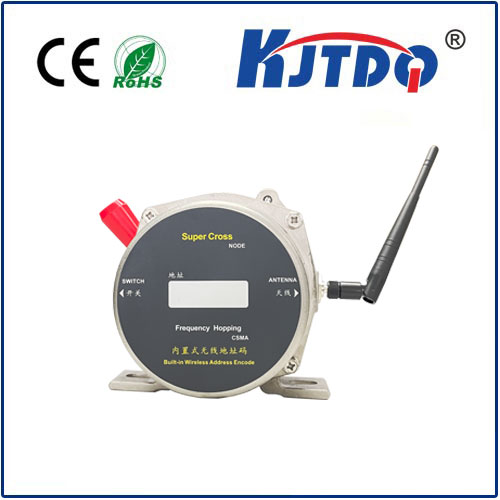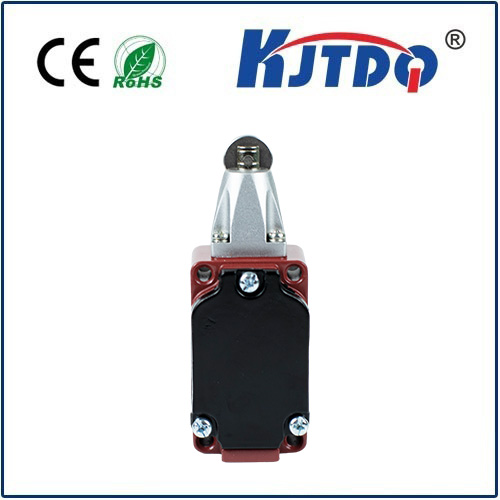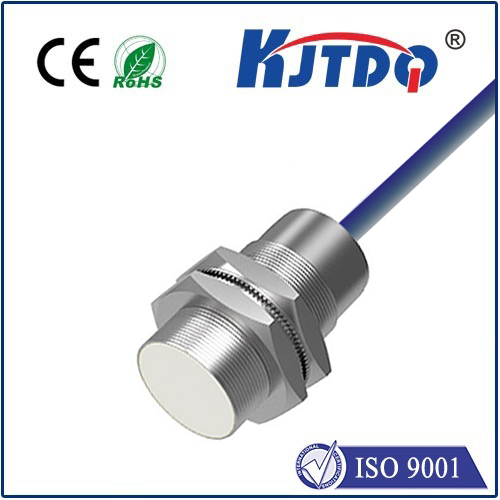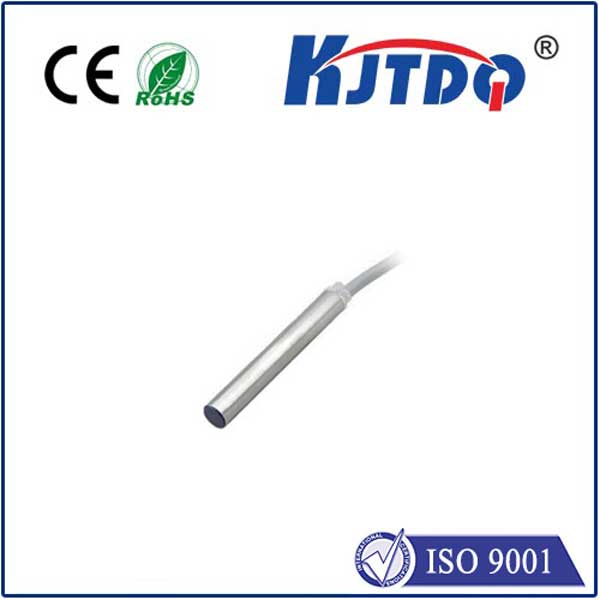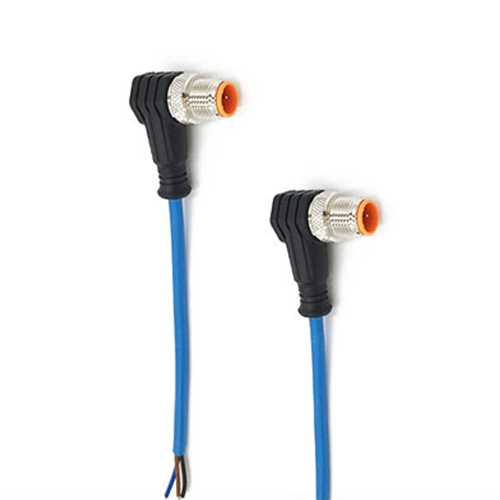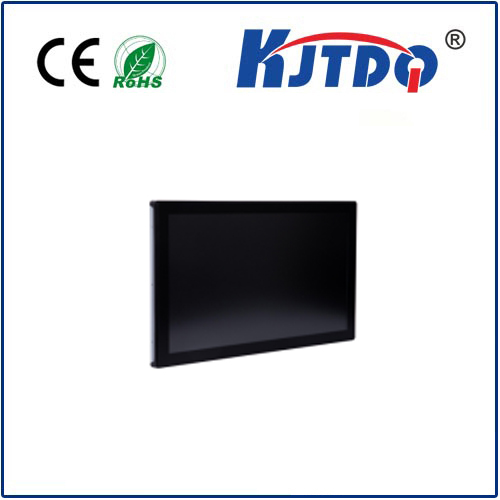Дешевые датчики приближения
- time:2025-06-16 16:00:49
- Нажмите:0
Cheap Proximity Sensors: Uncovering True Value Beyond the Low Price Tag
Finding reliable components without blowing the budget is a constant quest in electronics. The search term “cheap proximity sensor” instantly signals a desire for affordability. But does ‘cheap’ mean compromised, or is there genuine value to be found? This article dives into the world of low-cost proximity detection, exploring where budget sensors excel, where limitations exist, and how to make an informed choice that balances cost and capability.
More Than Just Cost: Defining “Cheap” in Proximity Sensing
The term “cheap proximity sensor” is appealing, but it’s crucial to understand what it truly encompasses. Primarily, it refers to sensors available at a significantly lower price point than their high-end counterparts. This affordability often stems from:
- Simpler Technology: Utilizing fundamental sensing principles like basic infrared (IR) reflection or inductive detection with simpler circuitry.
- Mass Production: Leveraging economies of scale, particularly for common detection ranges (e.g., 1-5cm for many IR sensors).
- Standardized Components: Using readily available, off-the-shelf components and minimal customization.
- Lower Tolerances: Potentially wider operating ranges or less stringent calibration compared to precision industrial sensors.
Where Budget Proximity Sensors Shine

Contrary to what the price might suggest, low-cost proximity sensors aren’t inherently bad. They excel in numerous, less demanding applications where their limitations are acceptable:
- Educational Projects & Hobbyist Tinkering: Perfect for students learning electronics, Arduino/Raspberry Pi enthusiasts, and makers building prototypes. A cheap IR sensor module costing a few dollars is ideal for detecting basic object presence in a robot obstacle avoidance system or triggering a simple effect.
- Consumer Electronics: Found in devices where cost is king. Think automatic paper towel dispensers, basic touchless faucets, or toilet flush mechanisms. Here, reliable object detection at close range is essential, but extreme precision or harsh environments aren’t factors.
- Simple Automation Tasks: Applications like counting objects on a low-speed conveyor belt (using a Фотоэлектрический датчик variant), detecting when a drawer is closed, or triggering a light when someone approaches a cabinet.
- High-Volume, Non-Critical Applications: When you need thousands of sensors for a simple state check (open/closed, present/absent) in a relatively benign environment, the cost savings per unit become highly significant.
- Prototyping & Proof-of-Concept: Testing an idea before investing in expensive hardware? Budget sensors allow you to validate core functionality quickly and affordably.
The Inevitable Trade-offs: Understanding Limitations
Choosing a low-cost proximity sensor means consciously understanding and accepting certain compromises:
- Range and Accuracy: Expect shorter maximum detection distances and potentially less precise distance measurements, especially with analog output IR sensors. Specifications like
repeatability might be looser.
- Environmental Robustness: Performance can deteriorate faster in challenging conditions. Cheap IR sensors are particularly susceptible to ambient light interference. Inductive sensors might have lower resistance to electrical noise or metallic dust. Operating temperature ranges are often narrower.
- Material Sensitivity: Performance might vary significantly depending on the object’s material, color, reflectivity, or size, especially for optical-based sensors.
- Refresh Rate/Speed: May have slower response times, limiting their use in high-speed automation where rapid object detection is critical.
- Longevity and Reliability: Component quality control might be less stringent. While many perform well, the mean time between failures (MTBF) might be statistically lower than premium sensors. Durability against physical shock or vibration might be reduced.
- Consistency: Variations between individual sensors of the same model might be more noticeable compared to higher-priced, tightly calibrated units.
Making Smart Choices with Low-Cost Proximity Sensors
Finding true value requires careful selection:
- Define Exactly What You Need: Pinpoint the critical parameters: Required detection range? Object material? Detection speed? Operating environment (light, dust, moisture, temperature)? Output type (digital on/off or analog distance)?
- Research Specifications Rigorously: Don’t just look at the price. Scrutinize datasheets for key specs: Sensing Distance, Repeatability, Response Time, Supply Voltage, Output Type, Operating Temperature Range, IP Rating (if needed). Understand if the listed range is the “theoretical” or “guaranteed” operating distance.
- Consider Sensor Type: Match the technology to the application.
- IR Reflectance: Cheapest, good for close-range non-metallic object detection (2-30cm typically), susceptible to ambient light/color. Ideal for simple object presence.
- Inductive: Detects metallic objects only (ferrous/non-ferrous sensitivity varies), short range (Excellent for counting metal parts or detecting machine end positions.
- Photoelectric (Budget Versions): Can offer slightly longer ranges than IR reflectance (up to 1m+ in some cases), still potentially susceptible to ambient light depending on type (diffuse, retro-reflective). Good for object detection where IR falls short.
- Read Reviews and User Experiences: Look for feedback on real-world performance, reliability, and consistency from other users, especially those with similar use cases. Search for the exact model number.
- Evaluate Suppliers: Reputable electronic component distributors (like Digi-Key, Mouser, RS Components) or established marketplaces often provide better data and support than obscure sellers, even if the base component is similar.
- Factor in Integration Costs:А.cheap sensor needing complex shielding or calibration might end up costing more overall than a slightly more expensive, plug-and-play alternative. Always prototype and test before committing to large quantities.
The Future: Value Convergence
The landscape is evolving. Advances in manufacturing and component miniaturization mean that baseline performance is steadily improving even at lower price points. Sensors offering basic digital outputs or simple analog distance sensing are becoming remarkably capable and affordable. The gap between “cheap” and “capable” is narrowing for many standard applications. While premium sensors will always dominate demanding industrial environments, the value proposition of budget sensors continues to strengthen for a vast array of everyday detection tasks.
Выводы
The term “cheap proximity sensor” isn’t an oxymoron. It represents a viable category packed with potential. By setting realistic expectations regarding performance boundaries and conducting diligent research, you can unlock tremendous value. For countless applications in education, hobbyist projects, consumer devices, and specific automation tasks, these affordable detectors provide the essential function of non-contact sensing without unnecessary expenditure. Remember: The key isn’t finding the absolute cheapest sensor, but finding the most cost-effective sensor that reliably meets your *specific application’s minimum requirements.* Don’t fear the low price tag; understand it, test it, and harness the power of budget-conscious proximity detection.

